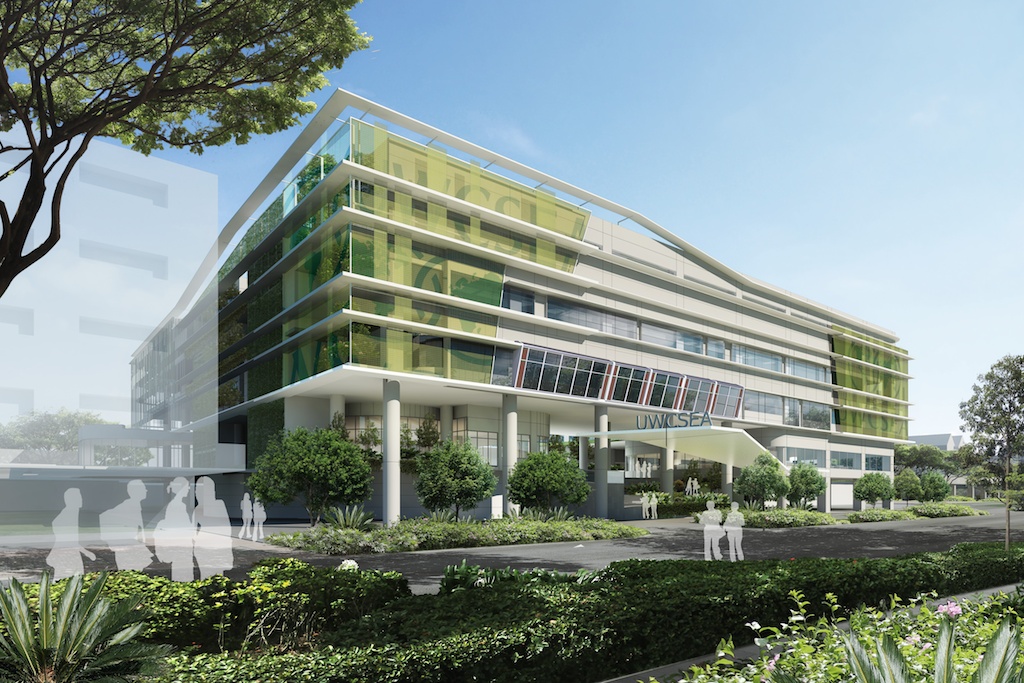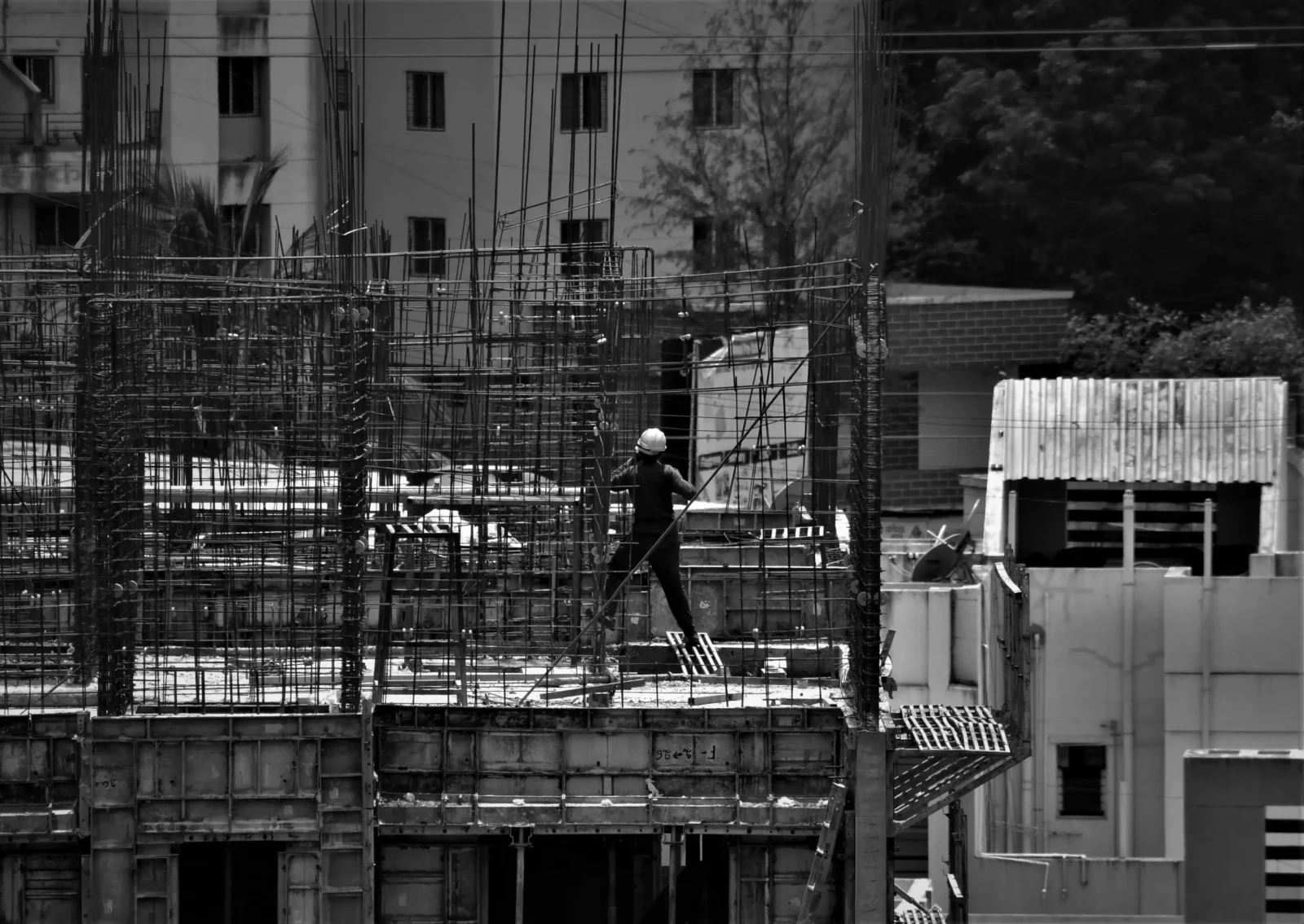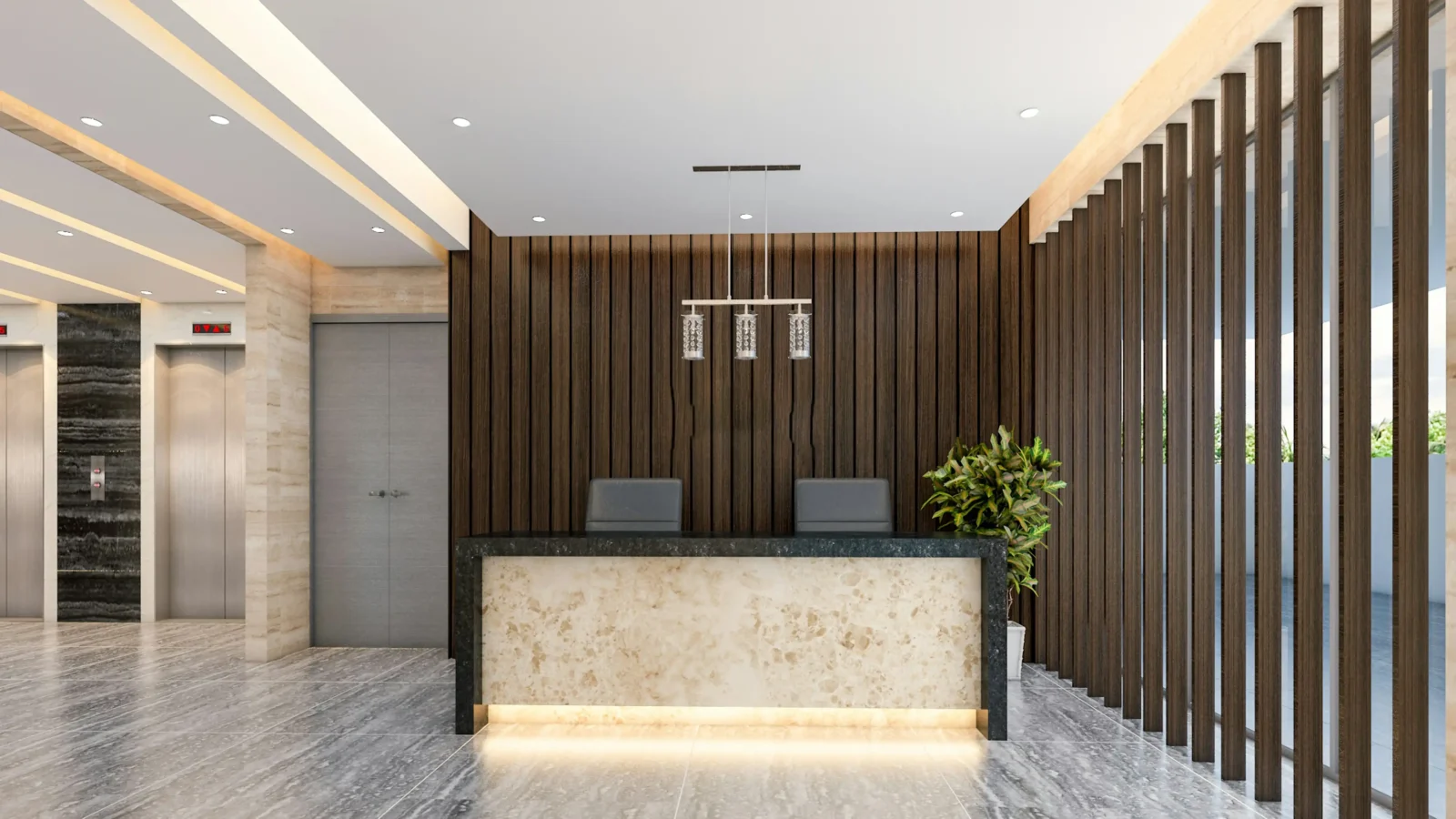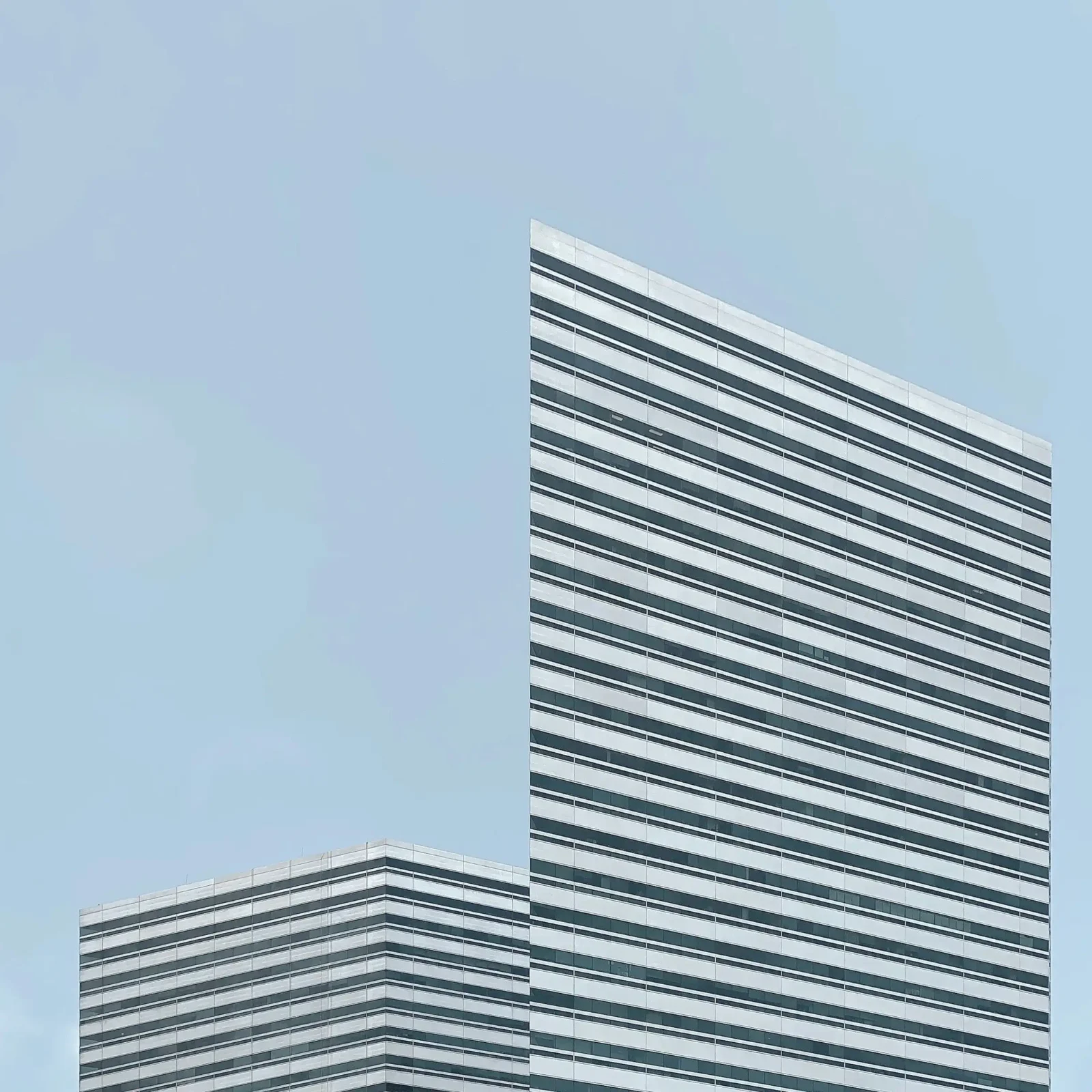- Home
- Articles
- Architectural Portfolio
- Architectral Presentation
- Inspirational Stories
- Architecture News
- Visualization
- BIM Industry
- Facade Design
- Parametric Design
- Career
- Landscape Architecture
- Construction
- Artificial Intelligence
- Sketching
- Design Softwares
- Diagrams
- Writing
- Architectural Tips
- Sustainability
- Courses
- Concept
- Technology
- History & Heritage
- Future of Architecture
- Guides & How-To
- Projects
- Interior Design
- Competitions
- Jobs
- Store
- Tools
- More
- Home
- Articles
- Architectural Portfolio
- Architectral Presentation
- Inspirational Stories
- Architecture News
- Visualization
- BIM Industry
- Facade Design
- Parametric Design
- Career
- Landscape Architecture
- Construction
- Artificial Intelligence
- Sketching
- Design Softwares
- Diagrams
- Writing
- Architectural Tips
- Sustainability
- Courses
- Concept
- Technology
- History & Heritage
- Future of Architecture
- Guides & How-To
- Projects
- Interior Design
- Competitions
- Jobs
- Store
- Tools
- More

Energy efficiency is the focus of sustainable architecture. Buildings are designed with sustainable materials, fixtures and fittings. Alternative energy sources such as solar, geothermal and wind power are also utilized to reduce reliance on fossil fuels. The end goal is to minimize the building’s environmental impact.
Some architects have taken this idea a step further by designing buildings that produce energy instead of consuming it, which will eventually do away with the need for traditional power sources. The traditional construction methods like concrete and steel are being challenged with sustainable materials like hemp and bamboo.
In the past, architecture was developed to be aesthetically pleasing to the eye and not in consideration of whether it is sustainable or not. Modern architecture is changing this trend and it has become more environmentally conscious. In this article, we will provide an introduction on energy-efficient architecture, explore why architects are starting to pay more attention to sustainable design, and discuss what needs to be done for green architecture to grow.

The most popular example of such a building design is the Ecotower in Hamburg. It generates electricity from rainwater, wind turbines and solar panels on its roof – enough to power 160 homes for a year!
Examples of other buildings that make use of renewable energy include:
– Net-zero house in Massachusetts (USA), which produces more electricity than it consumes;
– The world’s first purely solar office building in France;
– The world’s largest ocean thermal plant in Cyprus.

Buildings are a major contributor to our global greenhouse gas emission. Consequently, governments and the public is taking on the responsibility to find solutions for sustainability and combat climate change. The sustainable architecture field is not just about designing but also making sure that these buildings are delivering on their sustainability objectives in practice.
Architects need to be at the forefront of this movement as they have substantial knowledge on sustainable design, construction techniques and standards, energy-efficiency building design, green roofs, etc. Energy-efficient architecture should be designed to minimize any negative impacts on the environment in terms of energy or material use. Architects can do this by designing tighter, more insulated building envelopes that reduce heating or cooling loss, as well as by using low-energy heating and cooling equipment to reduce greenhouse gas emissions.
Architectural linear lighting plays a crucial role in enhancing the aesthetic appeal and energy efficiency of modern buildings by providing both functional illumination and design continuity.

How to Design Enegy-Efficient Buildings
The first thing that you should do is to make sure that you have the right building materials. It can be difficult to reduce the energy consumption of a building if it was constructed with heavy and dark materials. But there are also some new materials with low thermal conductivity, which can help in this case.
Second, you should keep drafts from coming into your building as drafts are responsible for 10% of the total heating costs in a home. There are some ways to work on this issue like using shades and roof insulation for example.

Third, you should focus on passive solar design which means orienting your windows and other parts of the building according to where the sun is pointing in order to get more light during winter months. Passive solar designs also help reduce electricity bills by 30% because they use natural light instead of artificial light during winter months when daylight hours are shorter than usual.
Efficient energy usage in buildings is one of the most cost-effective solutions to mitigate the negative consequences of climate change and health-related issues. Furthermore, because they provide cleaner combustion and greater ventilation than typical structures, energy-efficient buildings reduce interior air pollution. As a consequence, the likelihood of air pollution-related disorders including asthma and lung cancer would decrease. It saves lives, lowers the financial and societal expenses of medical treatment, and raises the value of structures.

Submit your architectural projects
Follow these steps for submission your project. Submission FormLatest Posts
Best Tools for Tracking Construction Labor Hours
Quick View of the Products Listed Best Overall: Workyard – Complete construction...
More Than a Gate: Designing a Secure and Stylish Home Entryway
A property’s entrance tells a story before a single guest steps inside....
Employer Liability and Smartphones: When Work Texts Cause Crashes
In today’s connected world, it’s nearly impossible to separate work from daily...
What Are the Best Topics for Architectural CE?
By now, every architect in the United States understands that continuing education...












Leave a comment